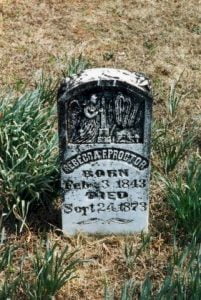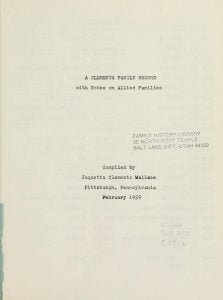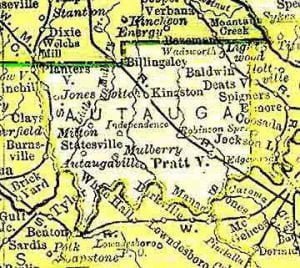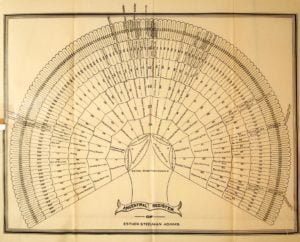A History of Newburgh Lodge No. 174, F. & A.M.
A History of Newburgh Lodge No. 174, F. & A.M. provides a historical account of the lodge, detailing its founding in Newburgh, Indiana, in 1854. It traces the origins to an inaugural meeting under a dispensation with key figures like Draper Chipman and Azel Freeman leading the lodge. The narrative connects local events such as the burial of Mason John W. Palmer in 1851, hinting at an earlier Masonic presence in Newburgh. The chapter also paints a vivid picture of Newburgh in the 1850s as a bustling river port with significant economic activity and cultural vibrancy, suggesting these factors contributed to the establishment of the Masonic lodge. I have provided you an index to the genealogical information found in the section on “Our First One Hundred Years” 1855-1955.











